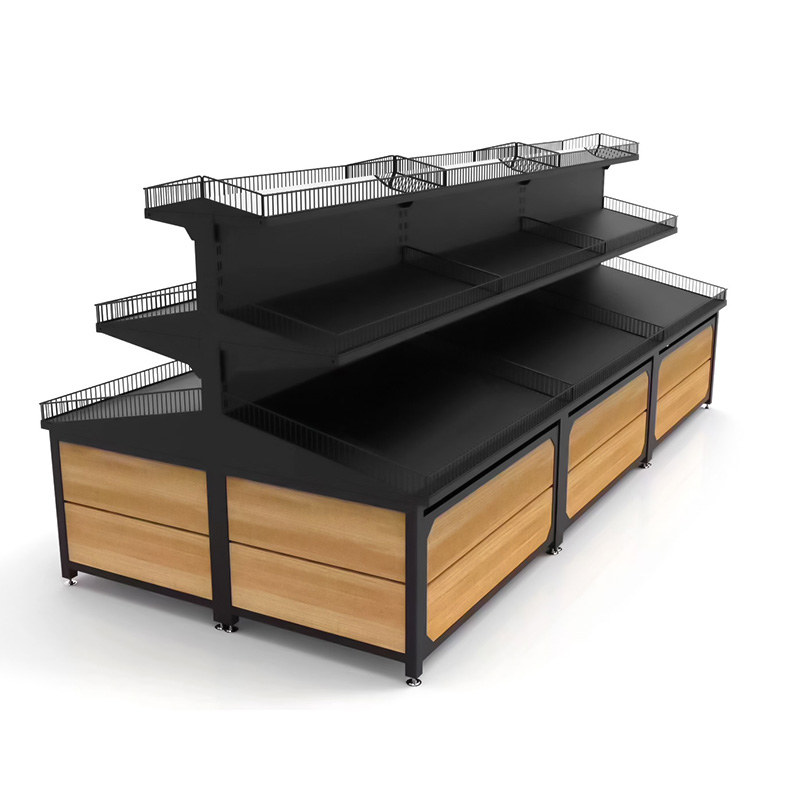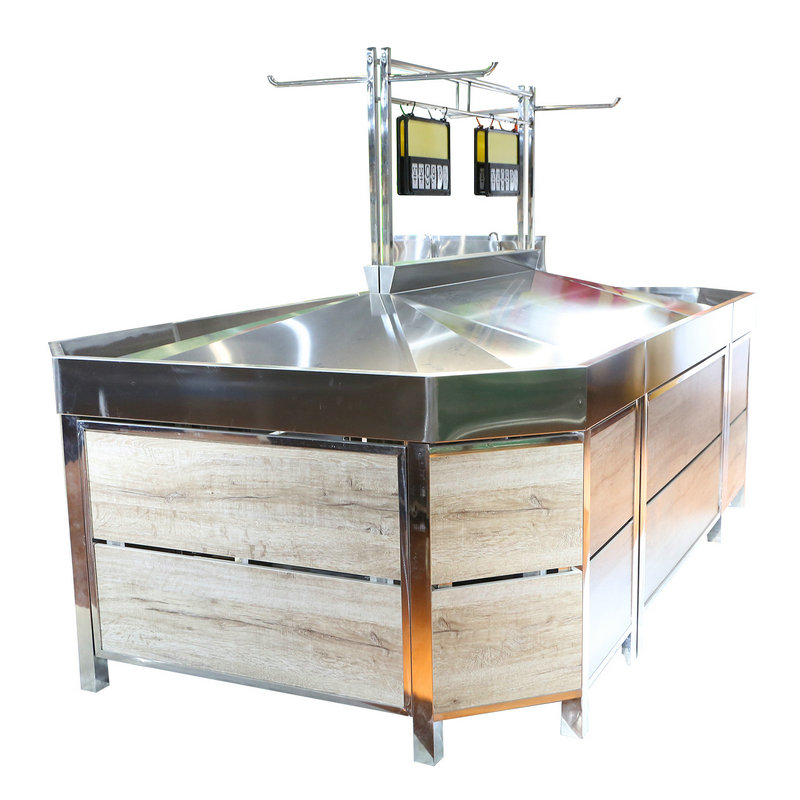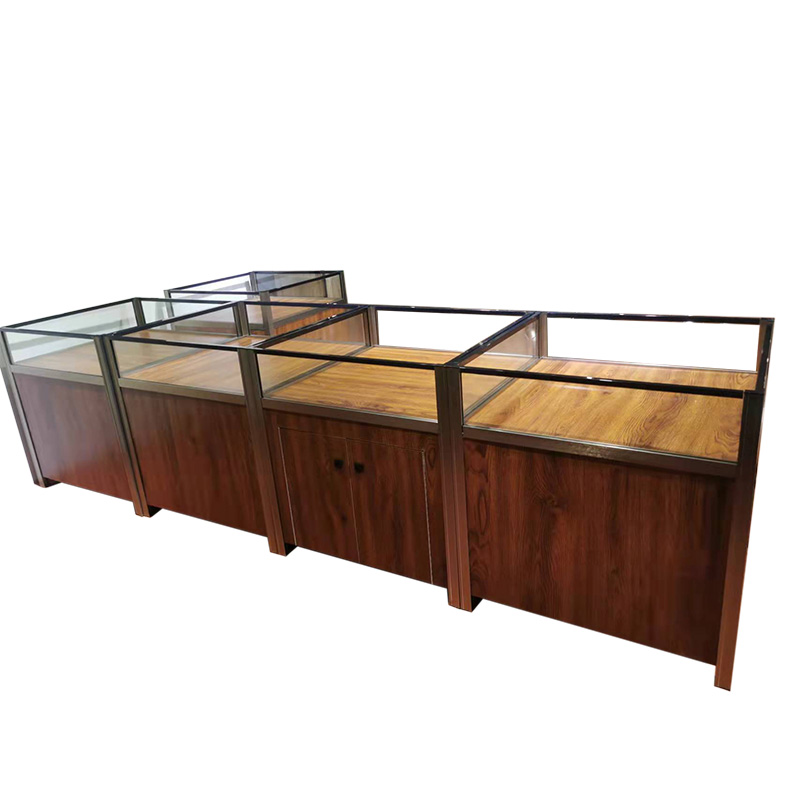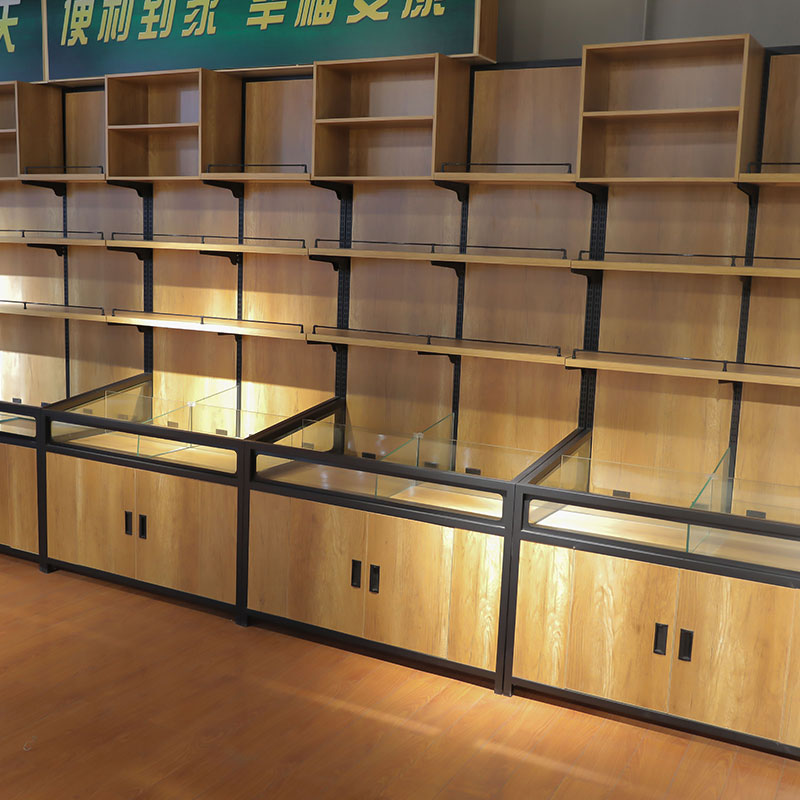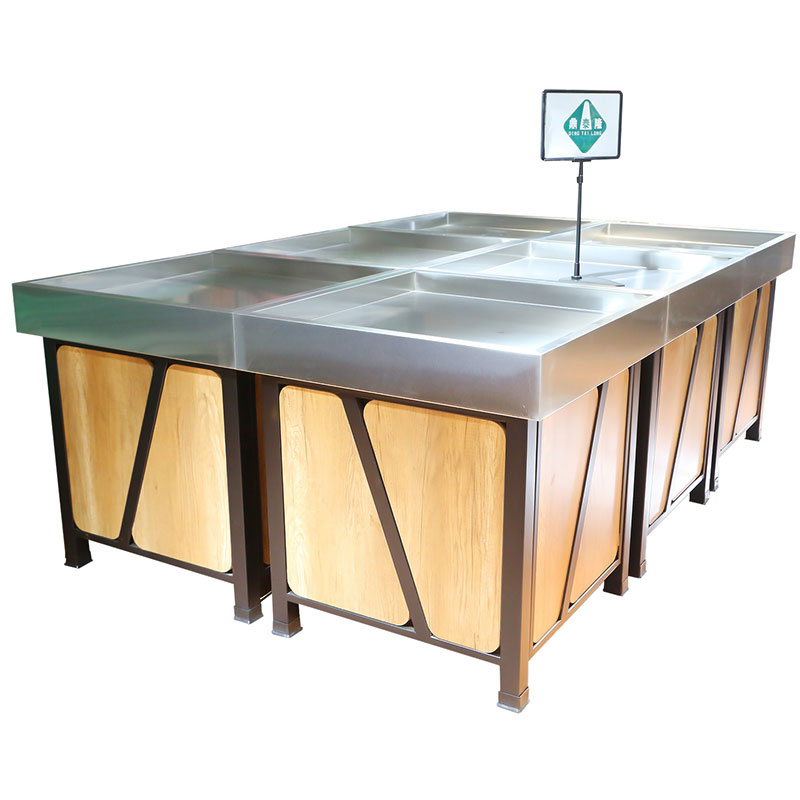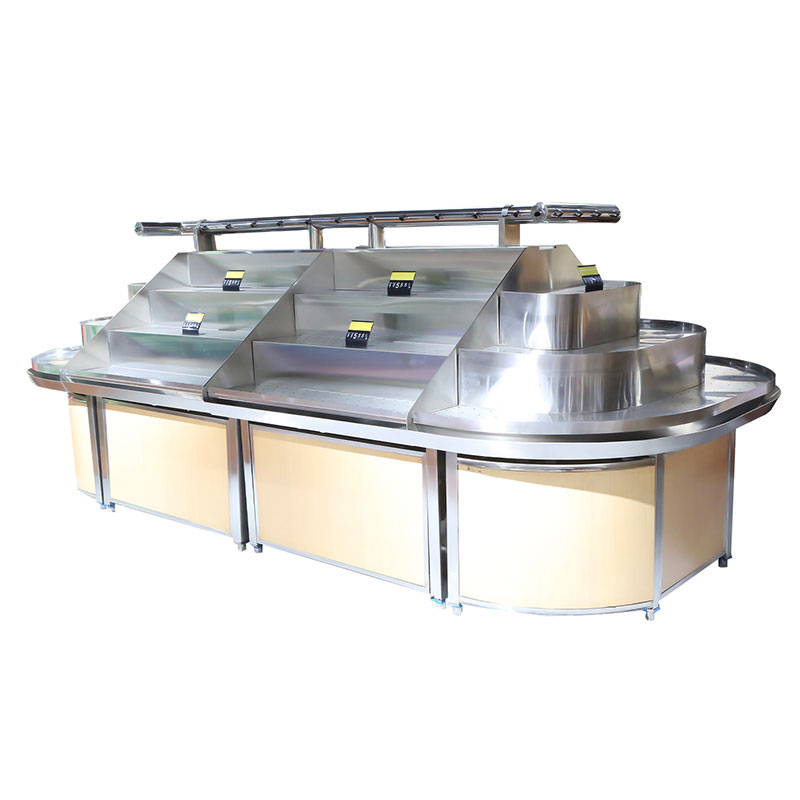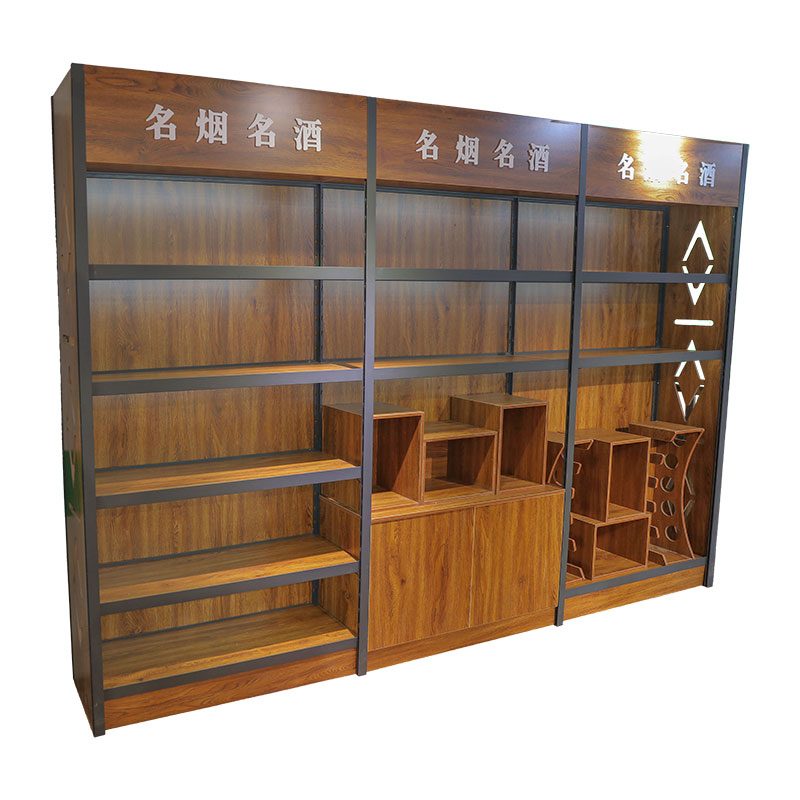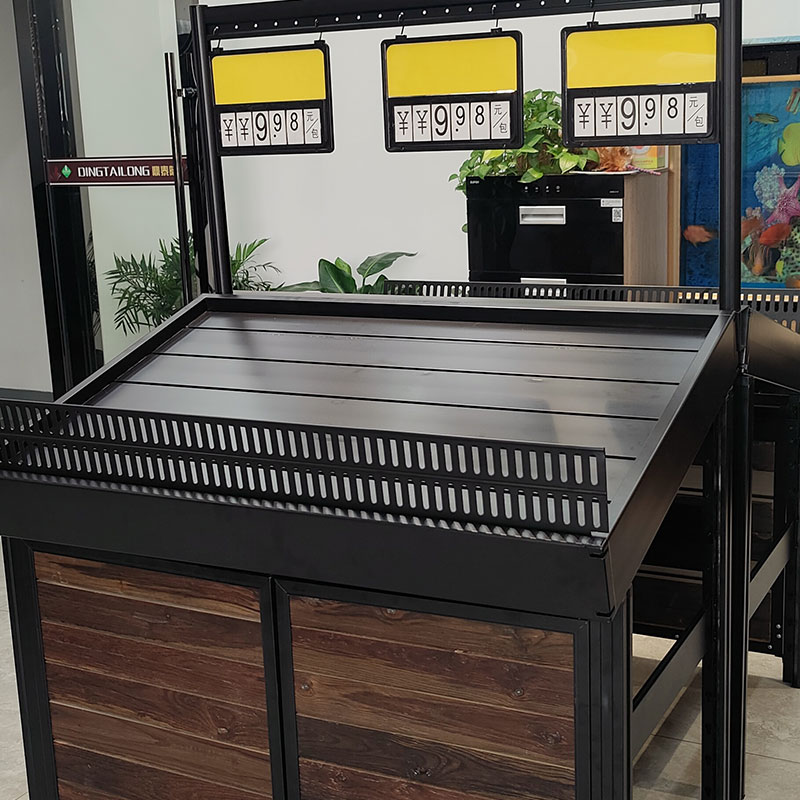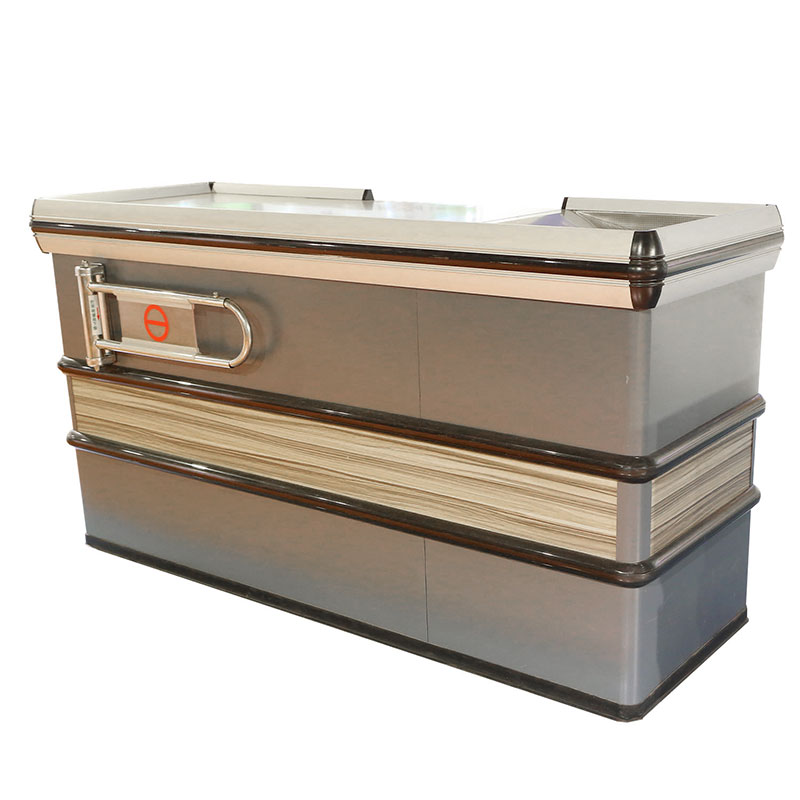Tobacco and wine cabinets have different structures designed to cater to the specific storage requirements of tobacco products and wine bottles. Here's a brief overview of the typical structures of tobacco and wine cabinets:
Tobacco Cabinets:
Humidity Control: Tobacco cabinets often feature a humidity control system to maintain the optimal moisture level for storing tobacco products. This helps to preserve the flavor, aroma, and quality of the tobacco.
Shelves and Compartments: Tobacco cabinets usually have multiple shelves or compartments designed to accommodate different types of tobacco products, such as cigars, pipe tobacco, or loose tobacco. These compartments may be adjustable or have specific dividers to organize and separate the tobacco products.
Temperature Control: While temperature control may not be as crucial as humidity control for tobacco storage, some tobacco cabinets may include temperature control features to provide a consistent environment.
Seal and Insulation: Proper sealing and insulation are important in tobacco cabinets to maintain stable humidity levels and prevent external factors from affecting the tobacco products.
Wine Cabinets:
Wine Racks: Wine cabinets typically have wine racks or shelving systems designed to securely hold and display wine bottles. The racks may be horizontal or angled to keep the wine bottles in the proper position, ensuring the wine remains in contact with the cork to maintain its seal.
Temperature Control: Wine cabinets prioritize temperature control to create an optimal environment for wine storage. They often include a cooling system to maintain a consistent temperature within the recommended range, typically between 45 to 65 degrees Fahrenheit (7 to 18 degrees Celsius).
Humidity Control: Wine cabinets may also have humidity control features to keep the humidity levels within the ideal range of 50% to 70%. This helps prevent the corks from drying out or becoming too moist, which can impact the quality and aging process of the wine.
UV Protection: Many wine cabinets incorporate UV-resistant glass or doors to protect the wine bottles from harmful ultraviolet light that can degrade the wine and alter its flavor.
Air Circulation: Adequate air circulation is essential to minimize any potential odors or mold growth. Wine cabinets may include ventilation systems or fans to ensure proper airflow within the cabinet.
Vibration Reduction: Excessive vibration can disturb the sediments in wine bottles and affect their quality. Some wine cabinets employ vibration reduction mechanisms to minimize vibrations caused by external factors.
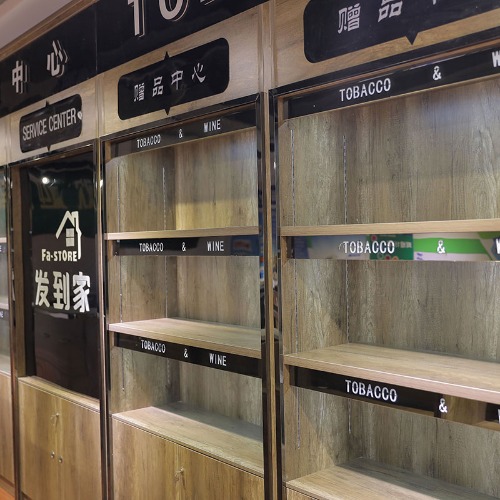


 English
English русский
русский Deutsch
Deutsch Español
Español 中文
中文